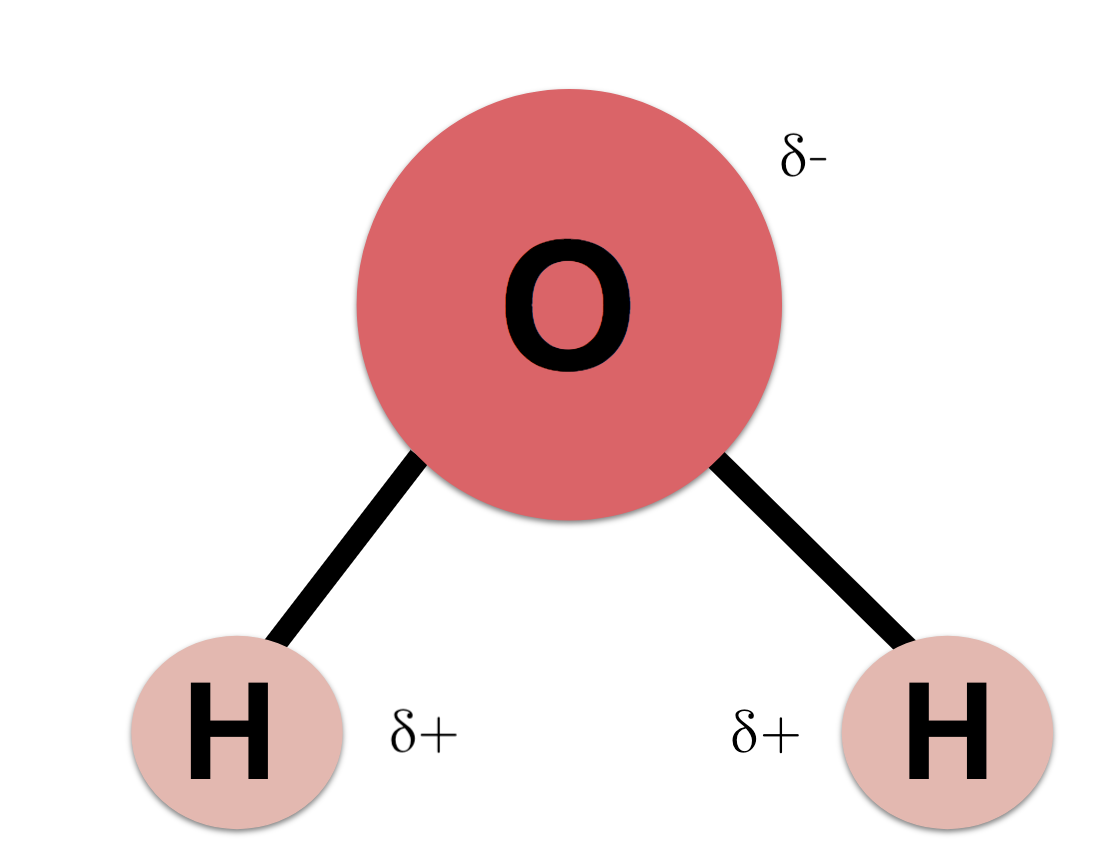In the DNA base pairing rules, adenine pairs with what?
thymine
Write the complimentary mRNA sequence to the DNA sequence ATTGCA.
UAACGU
Write the complimentary tRNA strand from the following mRNA strand.
ACCCUGAA
UGGGACUU
Which of the following would most likely cause a mutation?
A. the placement of ribosomes on the endoplasmic reticulum
B. the insertion of a nucleotide into DNA
C. the movement of transfer RNA out of the nucleus
D. the release of messenger RNA from DNA
B.
Draw a water molecule and label it.

Which choice describes DNA after replication has taken place?
a. one molecule with two original strands and one molecule with two new strands
b. two molecules, each with one original and one new strand
c. two molecules, each with two new strands
d. two molecules, each with two old strands
b.
What is transcription?
DNA to RNA
What is translation?
RNA to proteins
Name two types of frameshift mutations and describe what happens in each of them.
insertion and deletion
-insertion-a base gets added
-deletion-a base gets deleted
Which gas is removed from the atmosphere during photosynthesis?
- Hydrogen
- Oxygen
- Nitrogen
- Carbon dioxide
d.
Draw and label a nucleotide of DNA.

What enzyme makes the RNA strands from DNA? hint: the builder.
RNA polymerase
Which type of RNA carries amino acids to the site of protein synthesis?
tRNA
New inheritable characteristics would least likely result from _________________.
A.Mutations that occur in muscle and skin cells
B. Mutations that occur in male gametes
C. Mutations that occur in female gametes
D. Sorting and recombination of existing genes during meiosis and fertilization
A.
Which process takes place in the presence of oxygen and produces nearly 20 times as much as ATP as glycolysis alone?
- Photosynthesis
- lactic acid fermentation
- aerobic respiration
- anaerobic respiration
c.
Which enzyme unzips the double stranded DNA?
helicase
Where does transcription occur?
nucleus
Where does translation occur?
cytoplasm near a ribosome
Name three types of point mutations and describe what they do.
nonsense- creates a stop codon
missense-changes the amino acid
silent-one base changes, but the amino acid stays the same
As food travels through the digestive system, it is exposed to a variety of pH levels. The stomach has a pH of 2 due to the presence of hydrochloride acid (HCl), and the small intestine has a pH ranging from 7 to 9. HCl converts pepsinogen into pepsin, an enzyme that digests proteins in the stomach. Which of the following most likely happens to pepsin as it enters the small intestine?
A. It becomes inactive
B. It begins to replicate
C. Its shape changes to engulf large proteins
D. Its activity increases to digest more proteins
a
At what point in the cell cycle does DNA replication occur and why?
a. before a cell divides, to provide each of the two resulting cells with a complete set of DNA instructions
b. before a cell divides, to ensure that the DNA will fit into the resulting cells
c. during cell division, to ensure that the DNA will fit into the resulting cells
d. after a cell divides, to provide each of the two resulting cells with a complete set of DNA instructions
a.
What is the central dogma of molecular genetics? Must include all arrows and labels.
What is number 4 showing?
A. Synthesis of an mRNA molecule
B. Transfer of amino acids to the ribosome
C. Release of tRNA from mRNA
D. Protein synthesis
C.
True or False. Most mutations are harmful to the organism.
False.
A freshwater plant is placed in a container of saltwater. What will most likely happen to the cells of the plant?
- They will swell because water will move into them.
- They will swell because salt will move into them.
- They will shrink because water will move out of them.
- They will shrink because salt will move out of them.
c.
